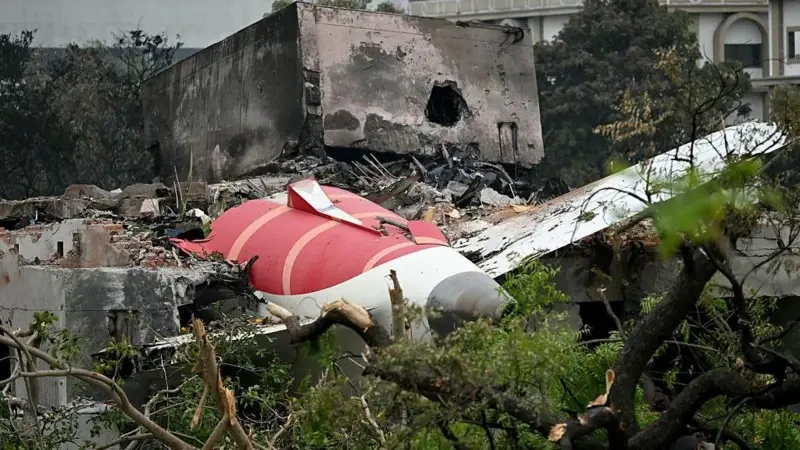Recently, amid escalating hostilities between Israel and Iran, it has been reported that President Donald Trump asked Qatar for help in persuading Iran to cease hostilities. Qatar's Prime Minister Sheikh Mohammed bin Abdulrahman Al Thani is said to have played a key mediating role, securing Iran's aاقرأ المزيد
Recently, amid escalating hostilities between Israel and Iran, it has been reported that President Donald Trump asked Qatar for help in persuading Iran to cease hostilities.
Qatar’s Prime Minister Sheikh Mohammed bin Abdulrahman Al Thani is said to have played a key mediating role, securing Iran’s approval for a ceasefire with Israel after a direct request from Trump to Qatar’s Emir.







India has consistently raised strong objections to the International Monetary Fund (IMF) releasing loan tranches to Pakistan, primarily due to concerns that these funds could be misused to finance cross-border terrorism and Pakistan's poor track record of adhering to IMF program conditions. However,اقرأ المزيد
India has consistently raised strong objections to the International Monetary Fund (IMF) releasing loan tranches to Pakistan, primarily due to concerns that these funds could be misused to finance cross-border terrorism and Pakistan’s poor track record of adhering to IMF program conditions. However, despite these efforts, India has been largely unsuccessful in stopping the loans for several key reasons:
قراءة أقل* IMF’s Decision-Making Structure: The IMF’s executive board, which approves loans, operates on a system of weighted voting based on a country’s economic size. While India is a significant member, it does not possess a veto power like in the UN Security Council. Furthermore, IMF rules typically do not allow for a formal “no” vote. Instead, members can either vote in favor or abstain. India has chosen to abstain in such votes, which formally registers its dissent and objections, but it cannot outright block a loan if other major members support it.
* Focus on Economic Stability: The IMF’s primary mandate is to ensure global financial stability. When a member country like Pakistan faces severe balance of payments issues, the IMF views providing financial assistance as crucial to preventing a wider economic collapse, which could have regional and even global repercussions. The IMF’s justification for the loans often centers on Pakistan meeting its technical targets and making progress on reforms, as assessed by its staff.
* “Too Big to Fail” Borrower: India has highlighted that Pakistan’s prolonged borrowing from the IMF has created a “too big to fail” situation. This means that Pakistan’s debt burden is so high that allowing it to default could destabilize the global financial system, making the IMF more inclined to continue providing assistance to prevent such an outcome.
* Political vs. Procedural Considerations: While India’s concerns about the misuse of funds for terrorism are taken note of by the IMF, the institution’s decisions are largely governed by procedural and technical formalities related to economic stability and a country’s adherence to program conditions. The IMF attempts to maintain neutrality on political matters, focusing on the economic health of its member states.
* Lack of Broad International Support for a Blockade: While some member countries might share India’s concerns about Pakistan’s track record, there hasn’t been a strong enough consensus among major IMF shareholders to outright block loans to Pakistan. Many countries prioritize regional stability and a functioning Pakistani economy over India’s specific security concerns within the IMF’s framework.
* Pakistan’s Efforts to Meet Conditions: Pakistan, despite its challenges, often makes efforts to meet the technical conditions set by the IMF for loan disbursements, which helps it secure the tranches.
In essence, while India has effectively used its position to voice strong objections and raise awareness about its concerns regarding Pakistan’s use of funds and its track record, the institutional framework and mandate of the IMF, coupled with the complex geopolitical dynamics, make it very difficult for any single country, even a significant one like India, to unilaterally stop a loan to another member nation.